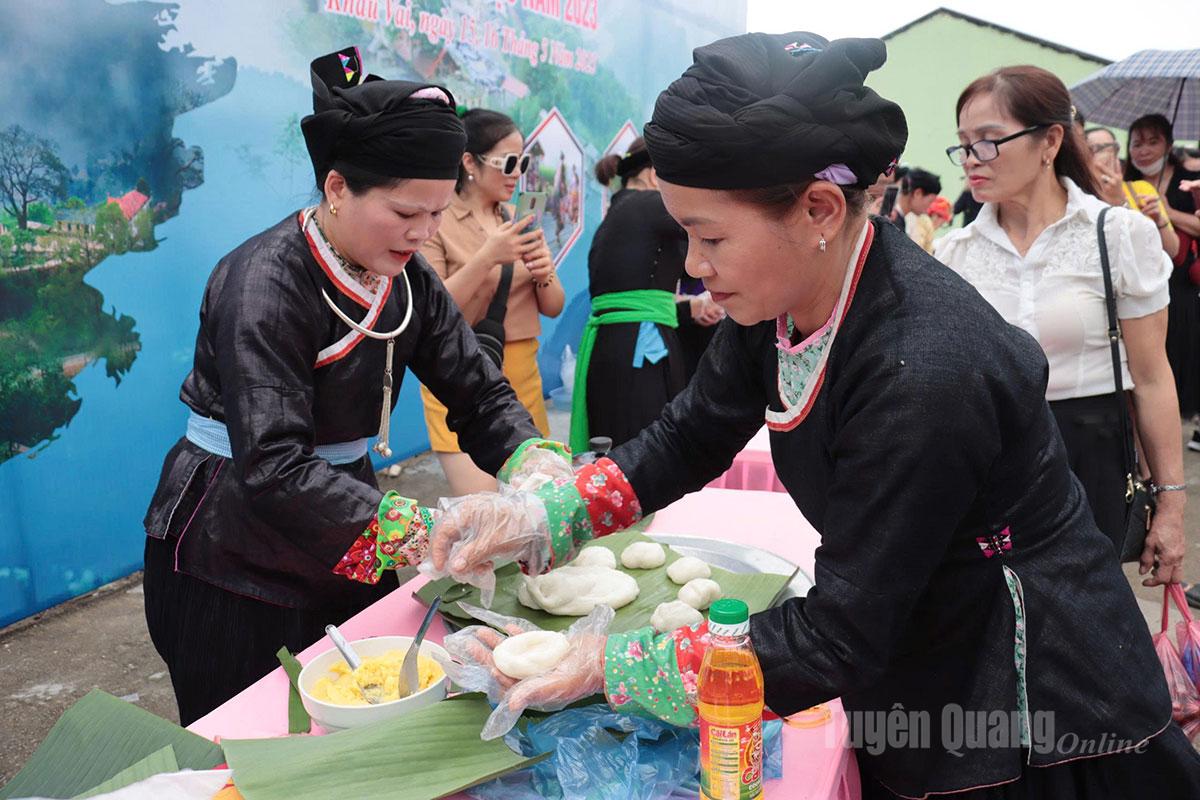 |
| Young women of the Giáy ethnic group compete in making cakes during the festival. |
Indigo - white - red: beauty from simplicity
According to data from the 2019 Population and Housing Census, the Giáy ethnic group comprises 67,858 people, accounting for approximately 0.07% of the country's total population. They are scattered across the northern highland provinces, with over 50% concentrated in Lào Cai, followed by the area now part of the newly merged Tuyên Quang province, along with smaller groups living in Lai Châu and Cao Bằng . With their closely connected communities, the Giáy people here create a unique cultural tapestry, contributing to the rich ethnic identity amidst the diverse landscape of the northern mountainous region.
At first glance, the Giáy people's clothing seems somewhat similar to that of the Tày people. But upon closer inspection, the subtlety in each stitch becomes apparent. Giáy women typically wear round-necked, open-chested indigo blouses without elaborate embroidery. Against this simple indigo fabric are just the right amount of accents: a white bodice, a red sash, and a pleated headscarf. The colors, though not vibrant, are harmonious and soft, creating the graceful and dignified appearance of the women of the mountainous region.
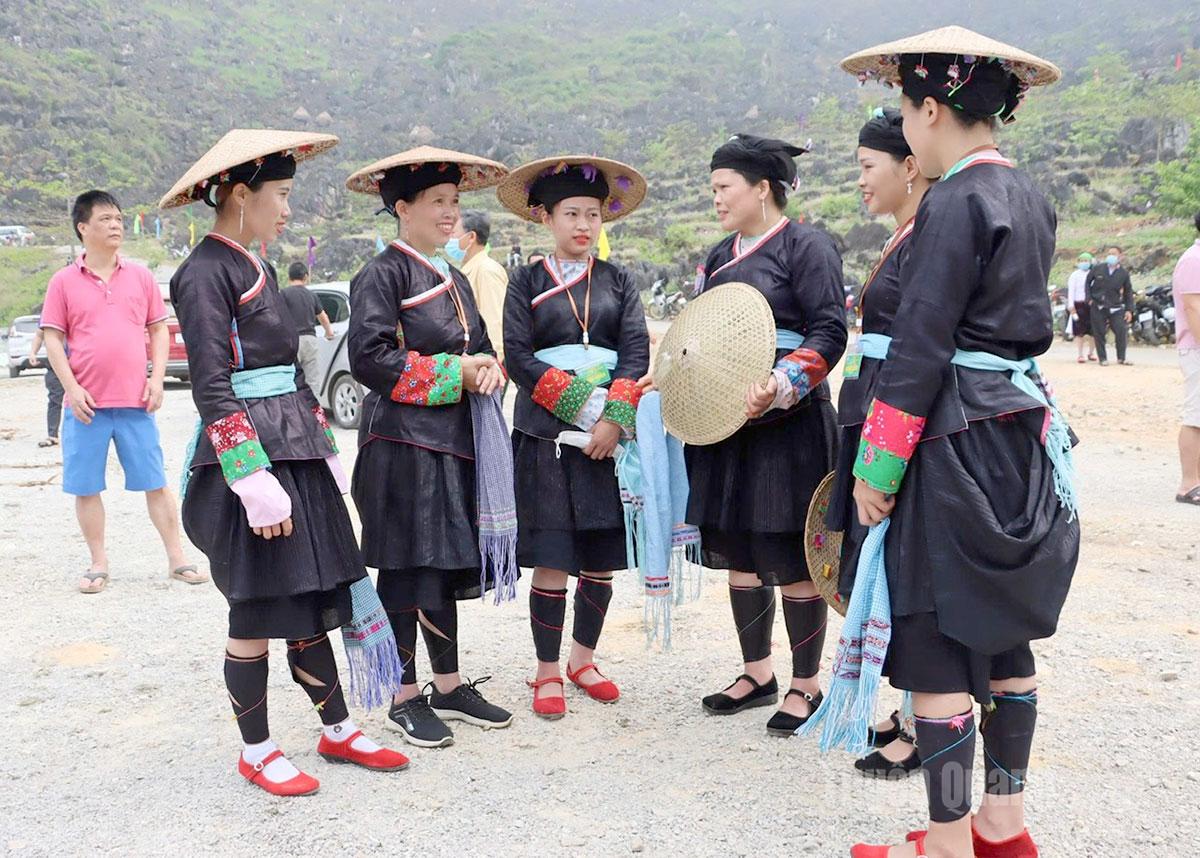 |
| The Giáy girls shine brightly in their traditional costumes at the highland festival. |
Ms. Ma Thi Nhan (of the Giay ethnic group, Thuong Lam commune, Tuyen Quang province) shared: “I learned weaving when I was eight years old. At first, I only wove ropes, then I learned to soak the yarn, dye it with indigo, and weave the fabric. Each traditional outfit can take a whole month to complete, but wearing it feels like carrying my ancestors on my back.”
Not only worn in daily life, this outfit is also an indispensable part of the Lồng Tông festival, the forest worship ceremony at the beginning of the year, weddings, coming-of-age ceremonies, etc. In many Giáy villages, the indigo-dyed shirt is passed down from mother to daughter as a sacred treasure.
Preserve the thread, preserve the village.
The weaving and embroidery crafts of the Giáy people have been passed down through many generations. Using flax and cotton threads, Giáy women spin the yarn, weave the fabric, and then dye it with indigo using forest leaves. They don't need to sketch patterns on paper; instead, they embroider from memory, following the memories deeply ingrained in their minds since childhood springs.
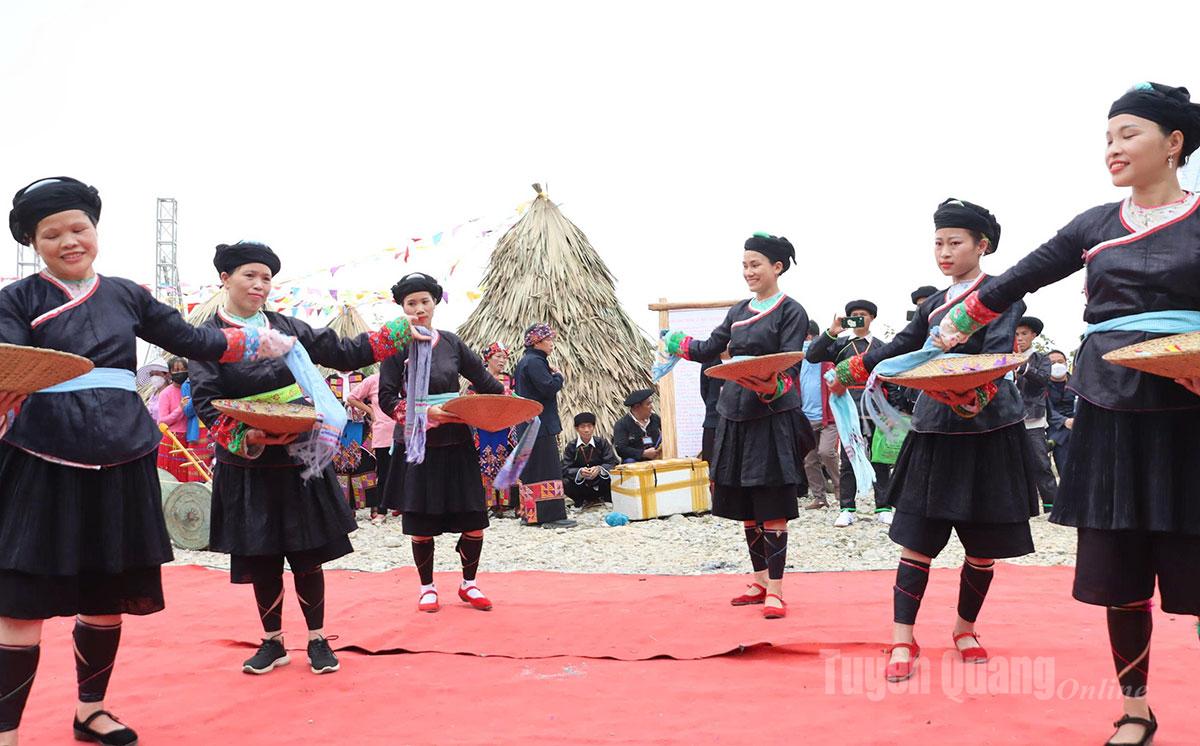 |
| The graceful dance of the Giáy ethnic group during the festival. |
Ms. Mai Thi Sinh (67 years old, Chiêm Hóa commune, Tuyên Quang province) said: “My mother taught me sewing when I was only 5 years old. Now I am teaching my granddaughter the same. I only hope that my children and grandchildren will preserve the craft and be proud of the clothes they wear. Indigo-dyed clothes may not be flashy, but they have soul, because they represent the hard work and memories of an entire family lineage.”
Today, in the villages of Na Tong, Ban Bien, and Phu Luu, many Giay women's groups have established brocade weaving workshops, producing souvenirs and decorative items for tourists . Homestays in these areas also proactively introduce the traditional culture of the Giay people, from food and folk songs to spaces for trying on traditional clothing, taking photos, and experiencing weaving. These experiences not only create a unique highlight in highland tourism but also help the people preserve their identity right on the land where they live.
The thread that connects to the future
Currently, in many localities, Party committees and authorities are directing the construction of Giáy ethnic cultural spaces right in the villages. These spaces not only feature the creaking looms, the soulful folk songs, and the vibrant indigo-dyed clothing, but also embody a lively community spirit. Preserving culture is not only about preserving the past, but also a key to unlocking sustainable and in-depth community tourism.
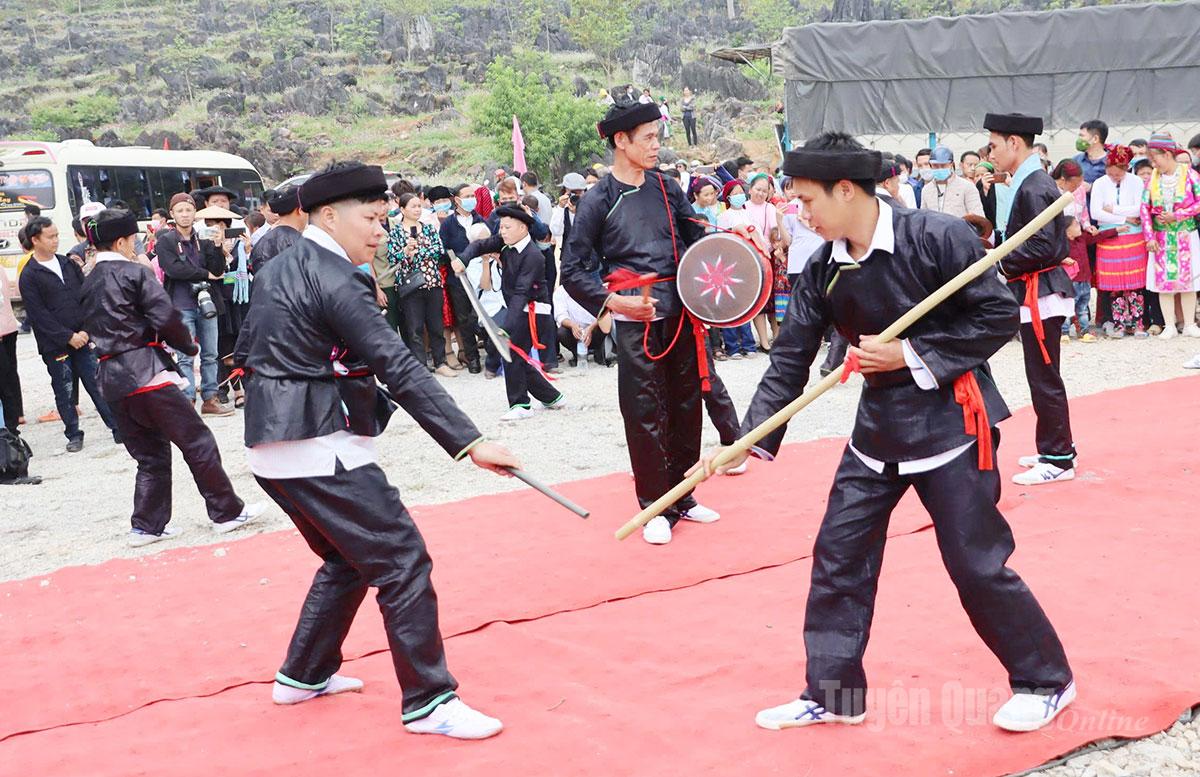 |
| Giáy ethnic boys performing their traditional shield dance. |
Amidst the upheavals of modern life, many Giáy people have achieved success, becoming officials at the commune, district, and provincial levels. They still remember their roots and cherish their traditional clothing as an irreplaceable part of their identity. From their mothers' simple indigo shirts to the rustic looms by the stilt houses, a new generation is continuing the path of preserving and promoting traditional values, looking towards the future.
The traditional Giáy ethnic costume doesn't need to be flashy to stand out. It quietly asserts itself amidst the mountains and forests, in everyday life, and even on the festival stage. Within that indigo garment, there's not just fabric and embroidery, but also history, culture, pride, and the aspiration to preserve its identity in a region that is strongly developing green, sustainable, and humane tourism.
Text and photos: Duc Quy
Source: https://baotuyenquang.com.vn/van-hoa/202507/tam-ao-cham-giua-dai-ngan-xanh-72644ba/




![[Image] Close-up of the newly discovered "sacred road" at My Son Sanctuary](/_next/image?url=https%3A%2F%2Fvphoto.vietnam.vn%2Fthumb%2F1200x675%2Fvietnam%2Fresource%2FIMAGE%2F2025%2F12%2F13%2F1765587881240_ndo_br_ms5-jpg.webp&w=3840&q=75)


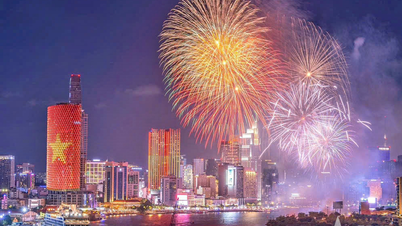

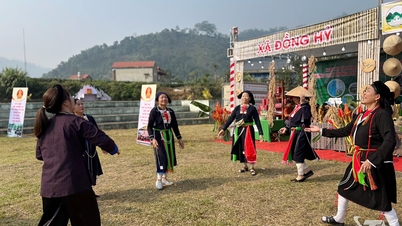

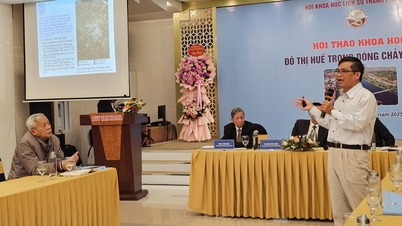



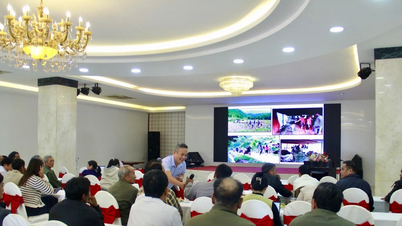

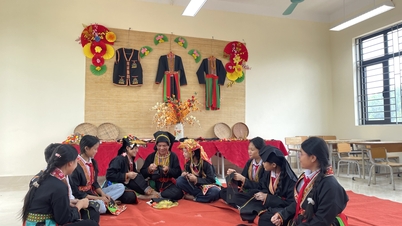

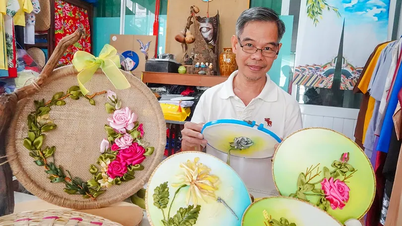

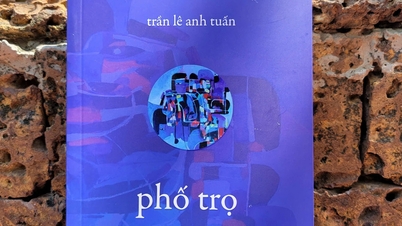

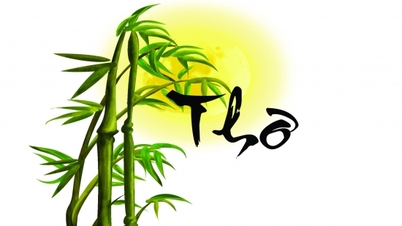
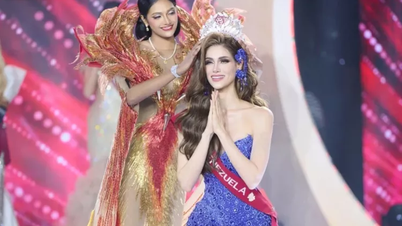

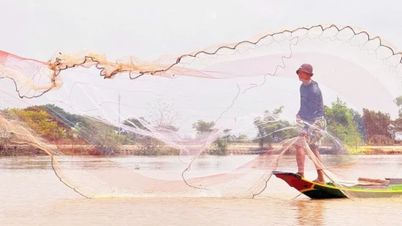

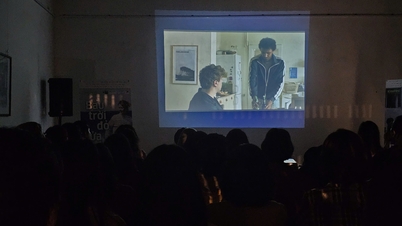
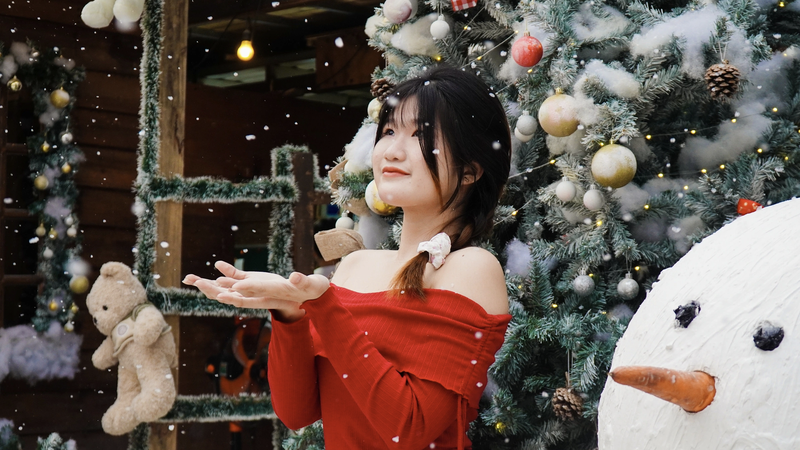



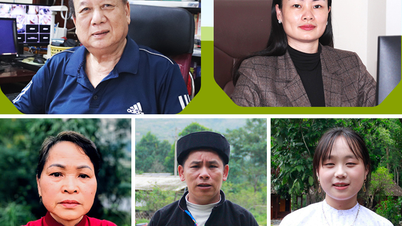
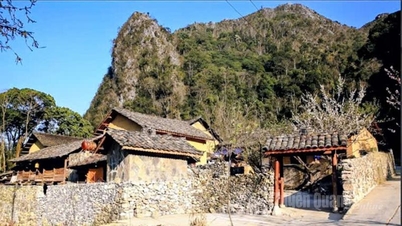










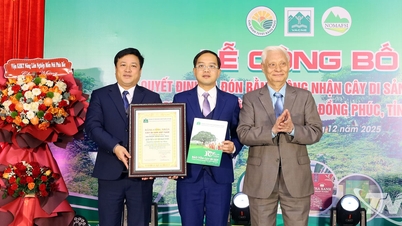




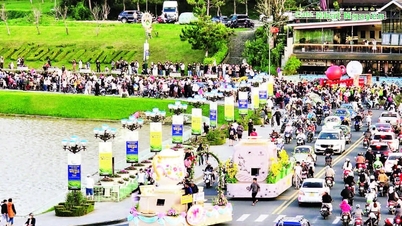

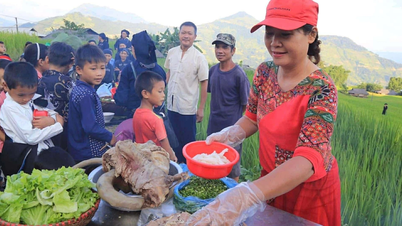











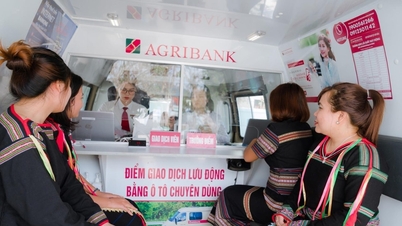

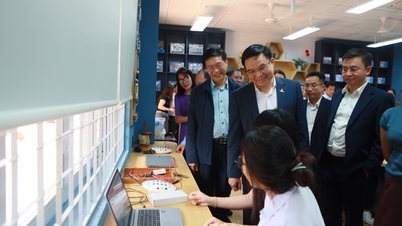


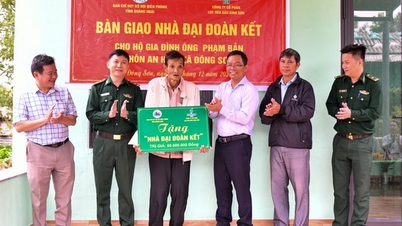








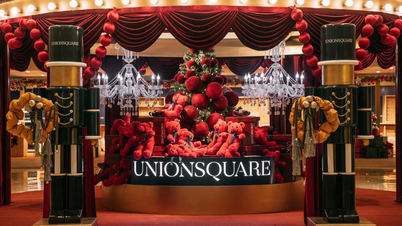


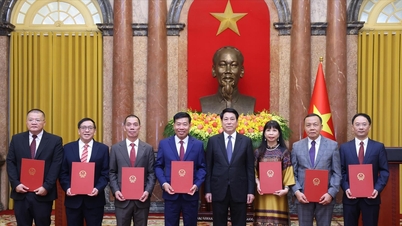




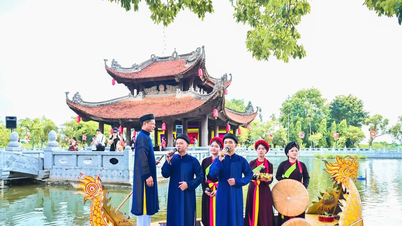





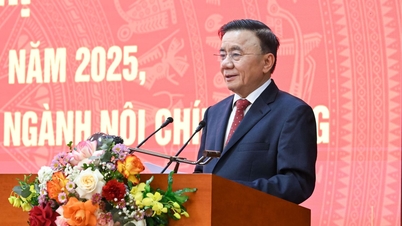









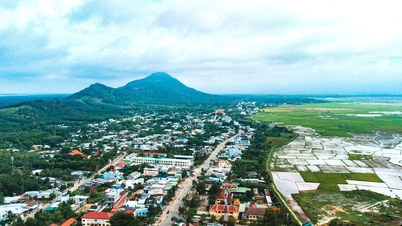
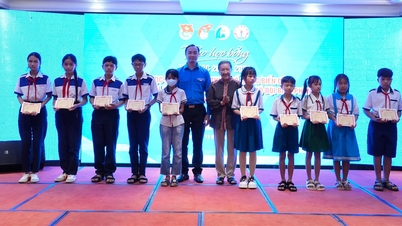
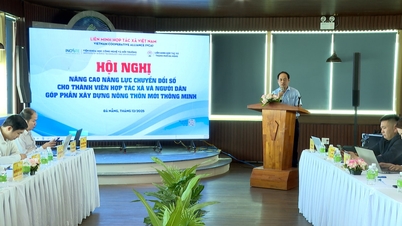











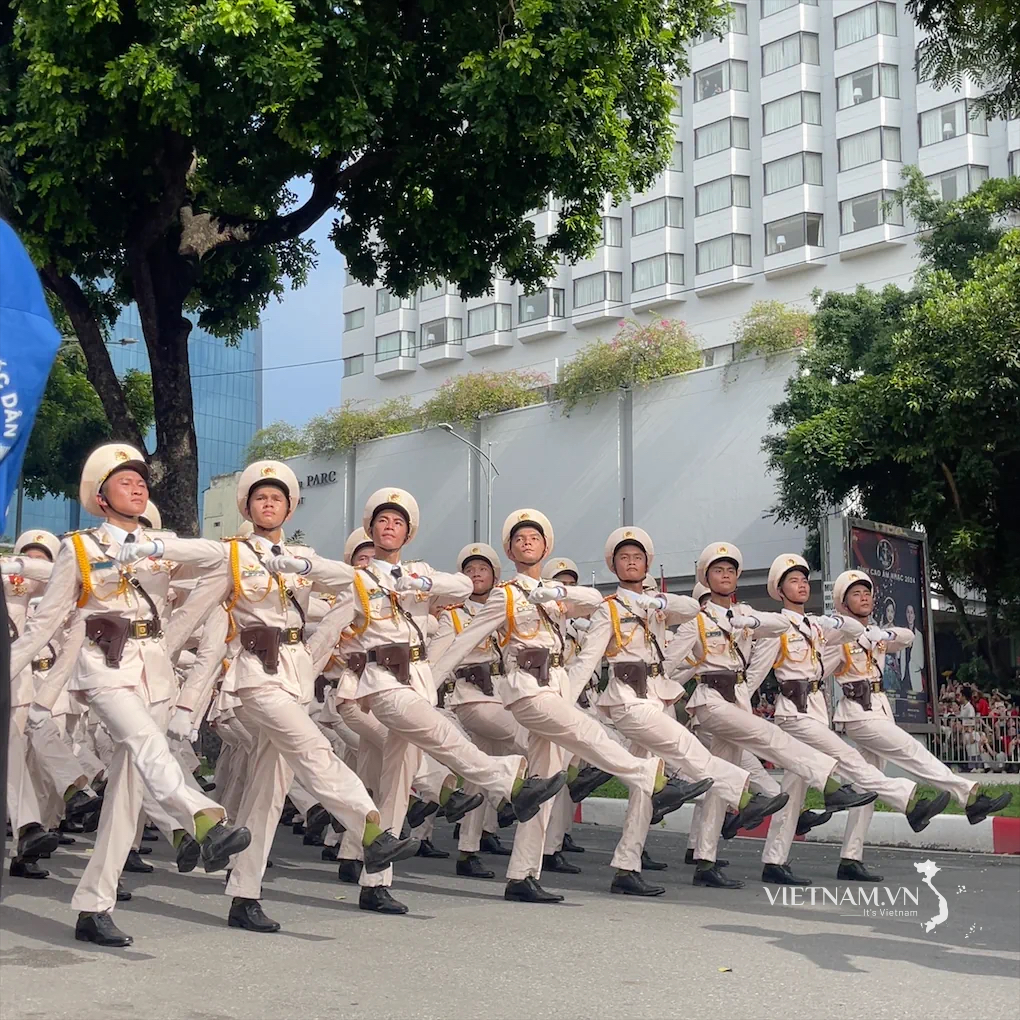


Comment (0)